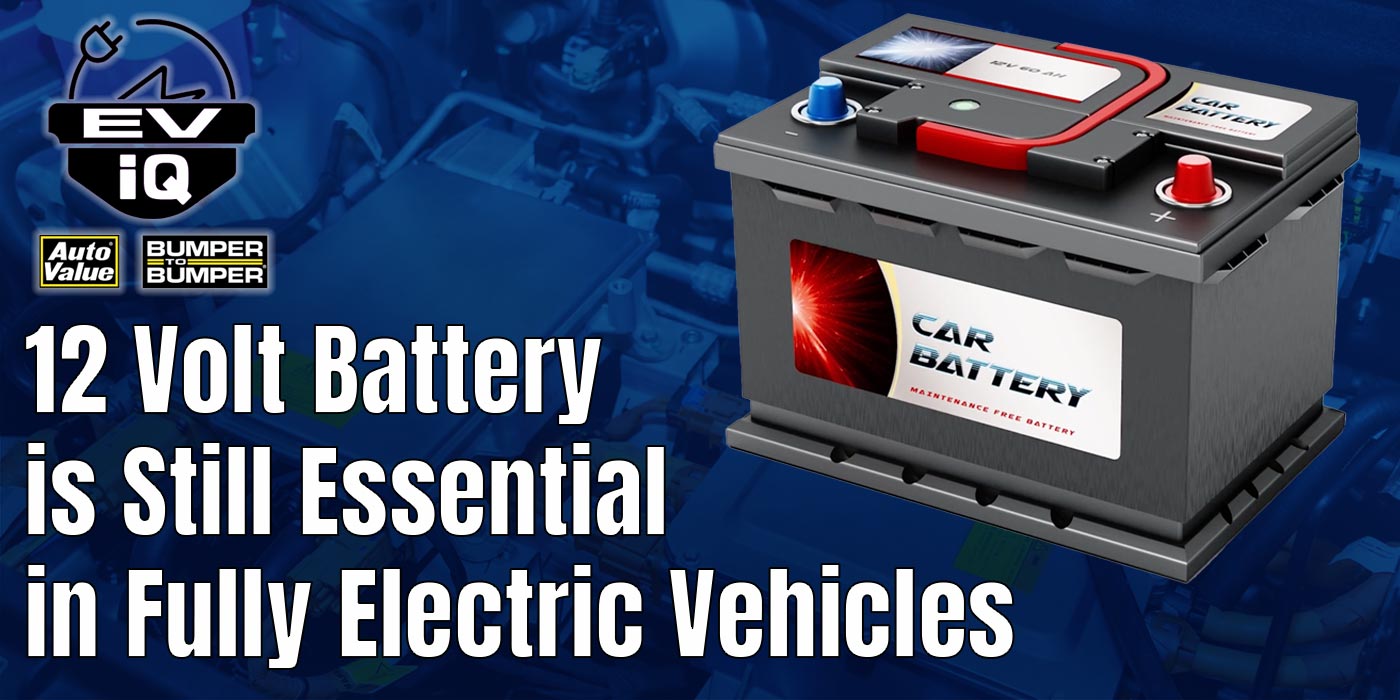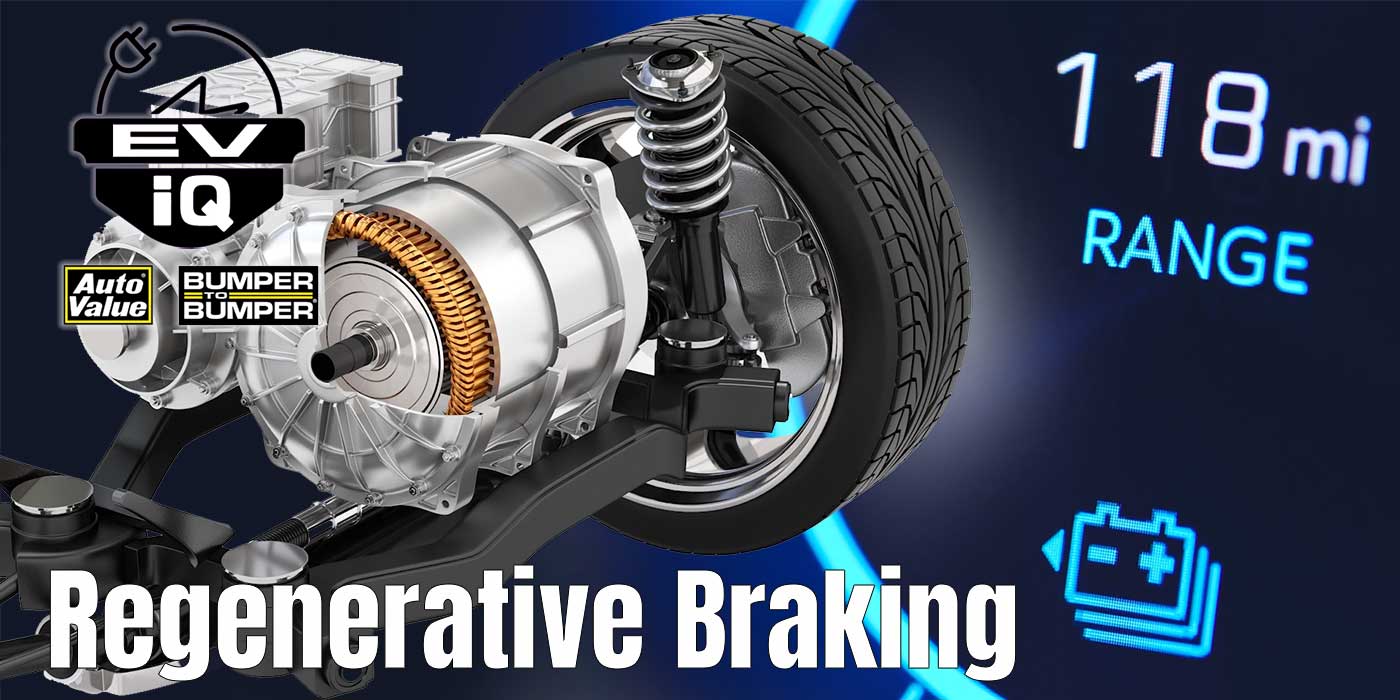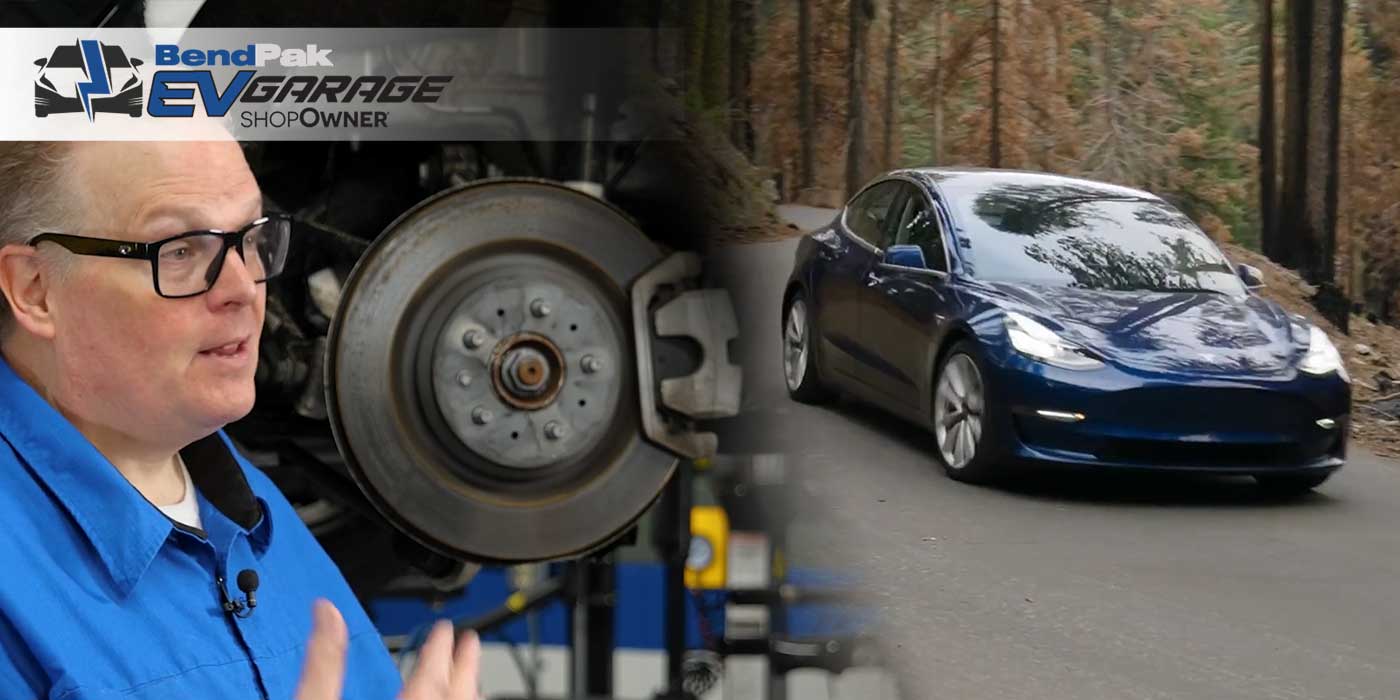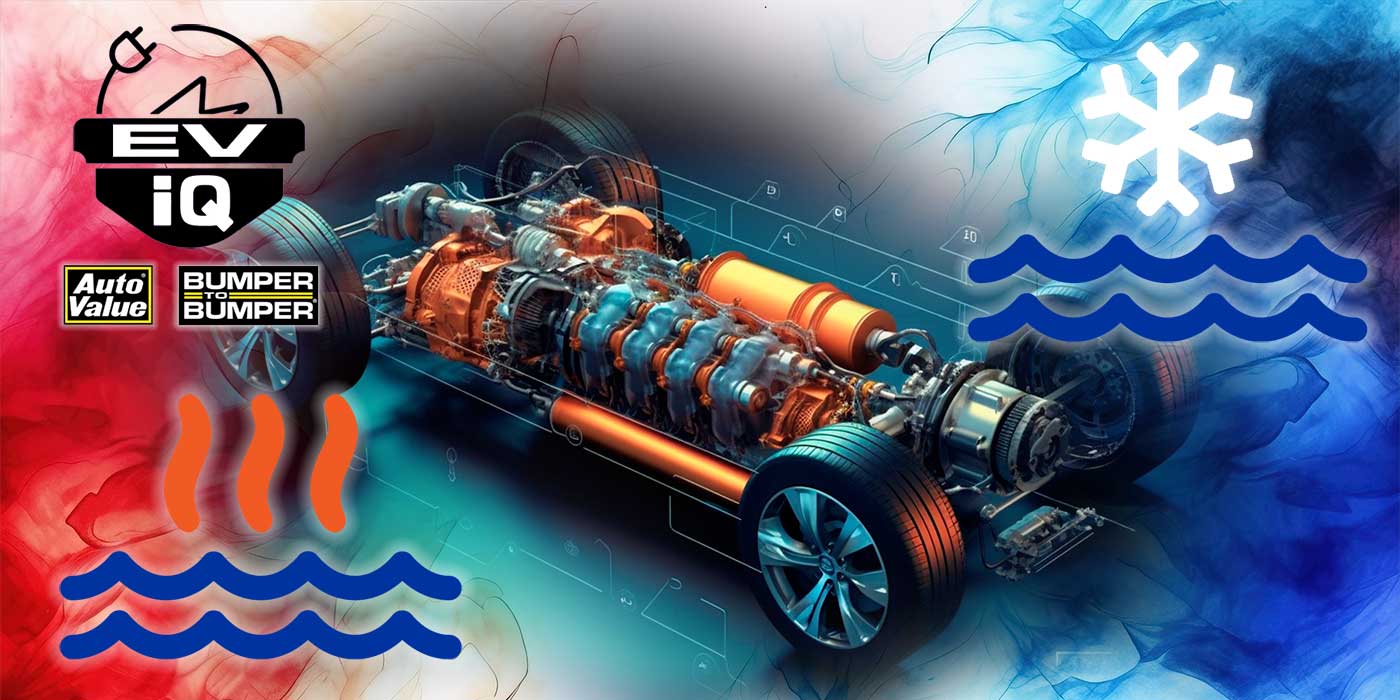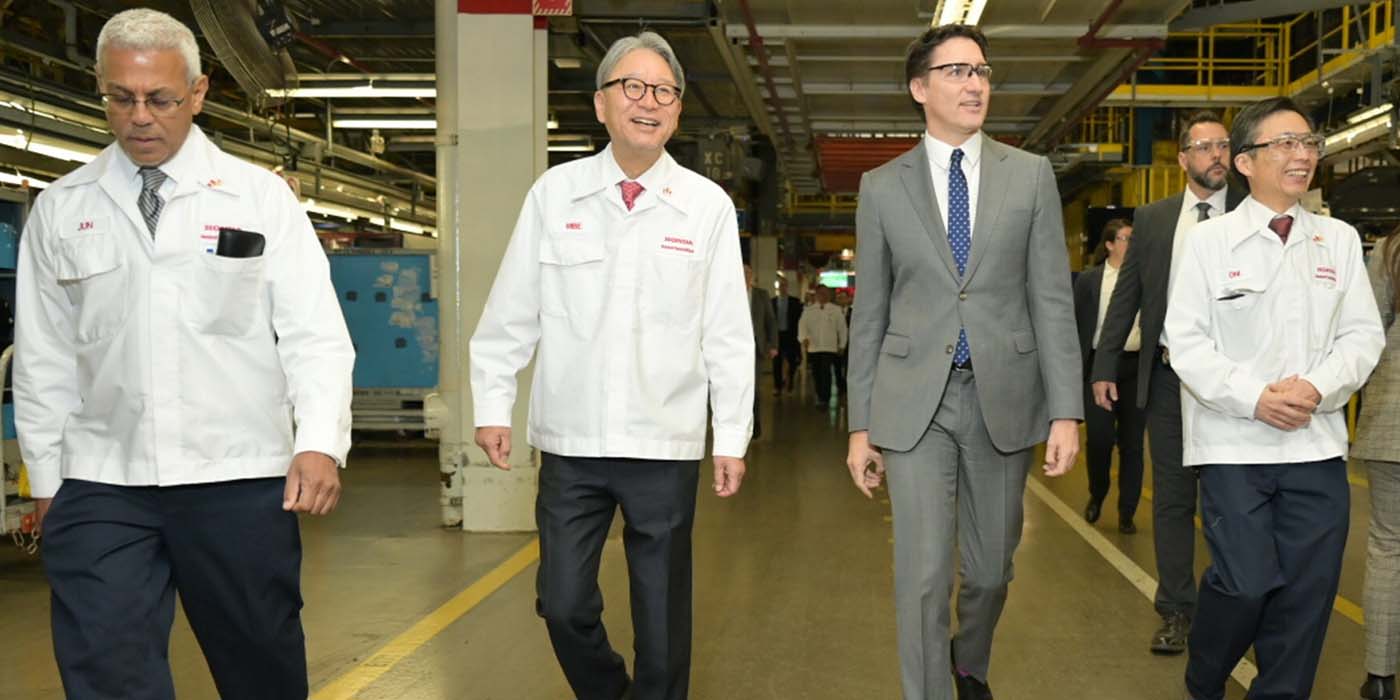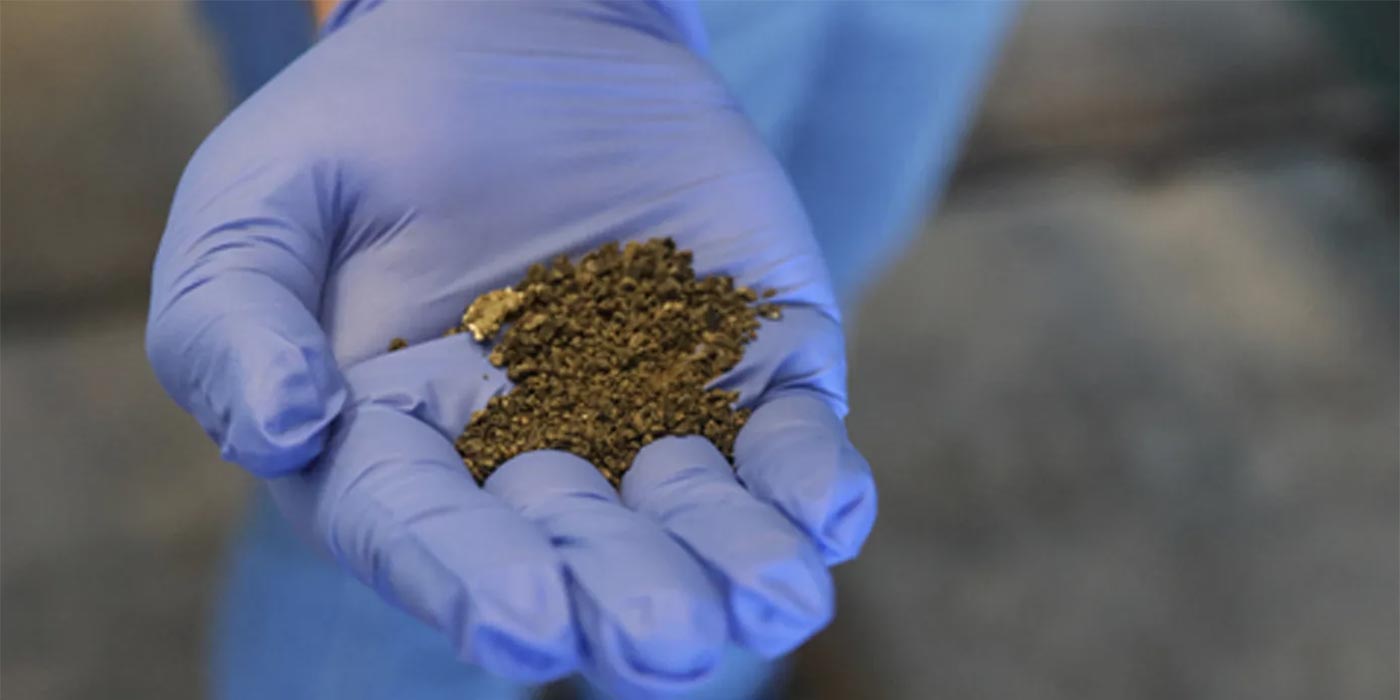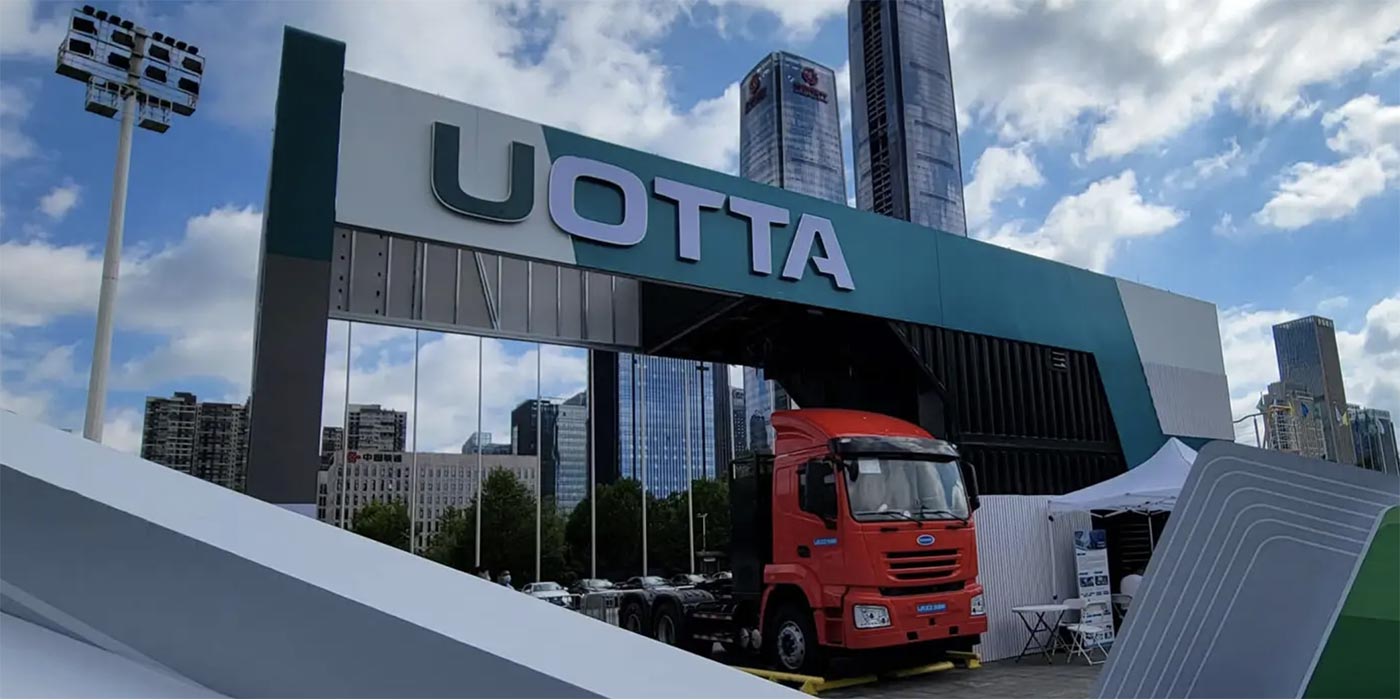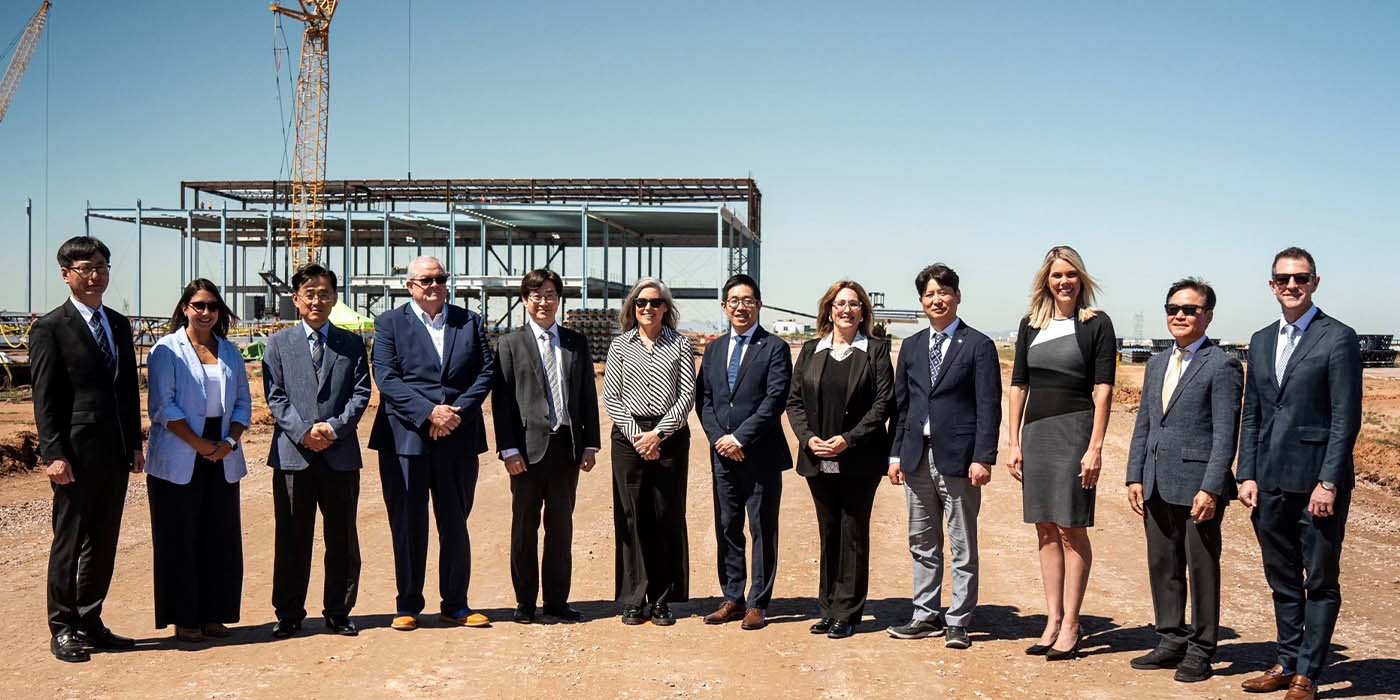EVs might represent a small number of vehicles on the road today, but the interest is definitely out there.
Consider this: According to an analysis of the U.S. auto market by Cox Automotive and Kelley Blue Book, sales growth of electric and hybrid vehicles outpaced the overall market in the first quarter of 2021 – and not just by a little. Sales of electrified vehicles were up nearly 81% year over year, compared to 11.4% for the overall vehicle market. And, electrified vehicles accounted for 7.8% of the total U.S. market, up from 4.8% in the first quarter of 2020.
So, we’ve got more EVs, and that means more batteries. High-Voltage batteries, to be precise. And as the industry builds more vehicles with these crazy-heavy batteries, sourcing these parts and management of the battery over its lifetime is a critical hurdle the industry must hop over.
Let’s break this down for a moment. Today’s EV car batteries have been known to last approximately eight years – not a bad lifecycle, for sure, but the trouble is that according to a report by the Union of Concerned Scientists, there are fewer than a dozen facilities for recycling EV batteries today, and their capacity falls far short of what’s needed to keep pace with today’s global EV sales, let alone what’s projected throughout this decade. Worse yet, they say recycling capacity in the U.S. is “especially limited.”
But there is hope! That report goes on to cite research indicating that EV battery packs likely still retain more than two-thirds of their usable energy-storage capacity when they reach the end of their useful lives in EVs.
So, “second-life concepts” for automotive lithium-ion battery packs are certainly viable. Maybe these batteries could be used in conjunction with solar panel systems, or as low-cost energy storage for utilities and electricity consumers – there are plenty of untapped possibilities.
And, we can’t forget that the minerals that go into lithium-ion batteries are in high demand, and recycled materials from used EV batteries could help meet a significant portion of the demand for new batteries. Of course, this is easier said than done, I know, with the operating voltage of EV batteries generally hitting anywhere from 200 to 800 volts. But you can’t deny there’s opportunity there.
There’s a huge market out there for remanufacturing EV batteries. The question is: How can we do something about it?

